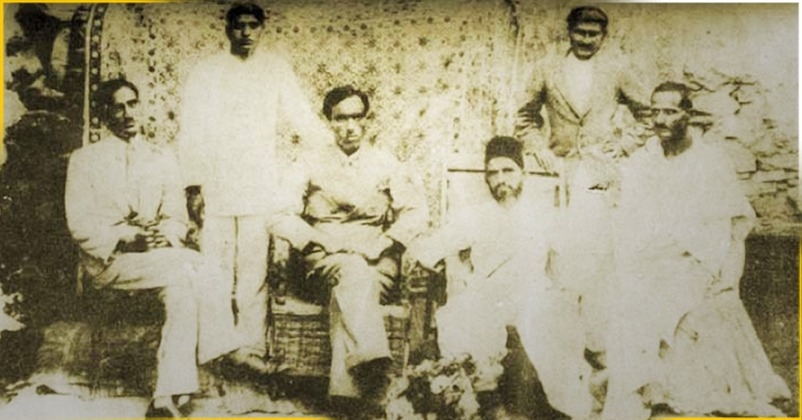
July 13th, first time a gathering of Kashmiri Muslims had openly challenged the Dogra Maharaja and his government. We are all acquainted with the July 13th episode about the Maharaja’s officials mistreating Muslims and deliberately offering insults to Islam in Jammu and the subsequent inflammatory speech of Abdul Qadir at a meeting held in Srinagar mosque.
Following his arrest, soon after the meeting on 25th June 1931 and the succeeding trial at the Central Jail in Srinagar on July 13th with the martyrdom of 22 Kashmiri Muslim subjects.
Days of commemoration are not themselves beyond History. Acts of remembrance are always intended to serve the construction of the present, even as their legitimating meaningfulness is seen as extending into the limitless future.
Whereas, 13 July 1931 was conspicuously memorialized ever since it is marked by death symbolized as sacrifice, until 1947 it had been annexed to the struggle against the Dogra monarchy. After 1947, it came to be marshalled for quite a different need in Kashmir; that of nation building.
With the deleting of Marty’s day as a public holiday last year, the Government has launched an attack on one of Kashmir’s pre-Partition symbols of resistance against the Hindu Dogra rulers, disowning the Muslim “martyrs” who gave up their lives fighting their tyranny.
Looking through the larger aperture it is indeed a dominant move to establish the hegemonic dominance of one community. Indeed History-as-Memory can be seen as a defining sign of the period extending from 1947 to the present, bookended by a freedom insufficiently achieved through its being made subservient to Indian nationalism, on the one hand, and a final break with India’s
unmet democratic promises through militant rejection on the other.
The current government’s approach to minorities should not be surprising given the context and history of the party, whose political ascendance is in part due to the extremist Hindu ideology of Hindutva, with the well-known ideologue Veer Savarkar.
In his conceptualisation of India and its only rightful inhabitants –the nation of Hindus – Savarkar saw the Muslims as outsiders. The current government has in fact, been accused of rewriting history with the revisionist attempt to portray Hindus as the authentic and original Indians and calling for an imagined “golden age of Hinduism”.
Such is the appeal of these ideas that any platform where the Muslims or the Islamic history of India are highlighted become sites of contention ─ roads have been renamed, iconic architectural structures criticized, filmmakers attacked in order to ensure that a Hindu past is highlighted at the expense of any other portrayal of history and manufacturing history for fashioning the new Indian citizen.
The marginalisation of and discrimination against the Muslims ─ and other minorities ─ at the hands of the current government did not emerge out of a vacuum rather the signs and trajectories have been there for all to see.
Understanding these hegemonic moves through the discourse of Indian nationalism. Kaviraj in “The Imaginary Institution of India” mentions the story of nationalism, Indian nationalist throughout the colonial and post-colonial period were committed to a telling of a particular kind i.e the concept of nationalism had to be homogenizing. Even within a seemingly homogeneous history, it is often to ask whose history this is?
Historically speaking Indian nationalism’s axis has been first the congress and now the BJP. All figures, bodies, places, histories are essentially measured according to their fit with the RSS model of being nationalist.
After the coming of Modi all nationalist discourse tried to answer the implicit question: how can the Indians (Hindus) best remove muslim symbols and histories. Only those aspects of the past are given great discriptive salience which seem to have some causal affiliation with wants and structures of the present.


